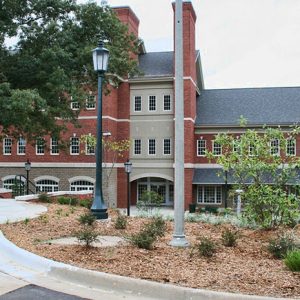 ASUMH Health Sciences Building
ASUMH Health Sciences Building
Time Period: Divergent Prosperity and the Arc of Reform (1968 - 2022)
 ASUMH Health Sciences Building
ASUMH Health Sciences Building
 ASUMH McClain Hall
ASUMH McClain Hall
 ASUMH Roller Hall
ASUMH Roller Hall
 ASU-Newport
ASU-Newport
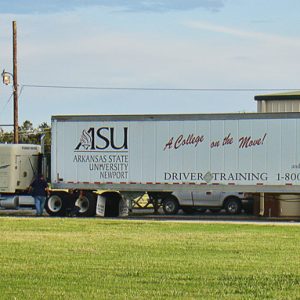 ASU-Newport
ASU-Newport
Arkansas State University–Mountain Home (ASUMH)
Arkansas State University–Newport (ASU–Newport)
Arkansas State Veterans Cemeteries
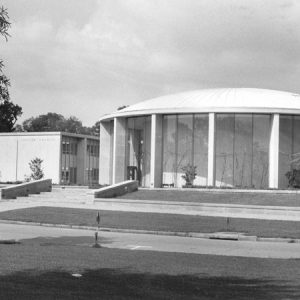 Arkansas Supreme Court
Arkansas Supreme Court
Arkansas Swimming Hall of Fame
Arkansas Symphony Orchestra
 Arkansas Symphony Orchestra
Arkansas Symphony Orchestra
Arkansas System of Natural Areas
Arkansas Tartans
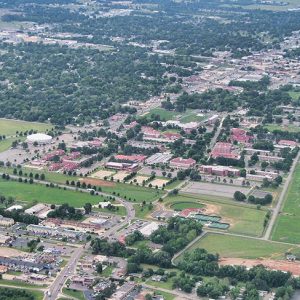 Arkansas Tech University
Arkansas Tech University
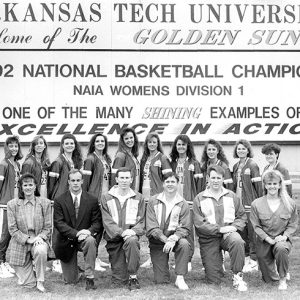 Arkansas Tech's Women's Basketball Team
Arkansas Tech's Women's Basketball Team
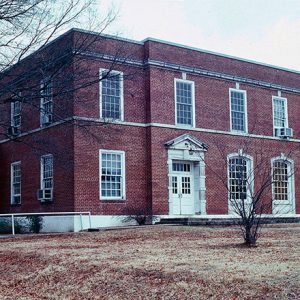 Arkansas Tech University Museum
Arkansas Tech University Museum
Arkansas Tech University-Ozark Campus
 Arkansas Times Staff
Arkansas Times Staff
 Arkansas Times Coverage of Whitewater Scandal
Arkansas Times Coverage of Whitewater Scandal
Arkansas Times
Arkansas Track and Field Hall of Fame
 Arkansas Traveler Award
Arkansas Traveler Award
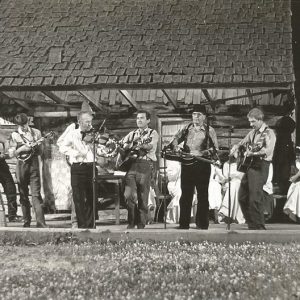 Arkansas Traveler Theater
Arkansas Traveler Theater
 The Arkansas Traveler
The Arkansas Traveler
Arkansas Unit, Herb Society of America, Inc. (AU-HSA)
Arkansas v. Corbit (1998)
Arkansas Waltz
Arkansas Waterways Commission
 Arkansas Western Railroad
Arkansas Western Railroad
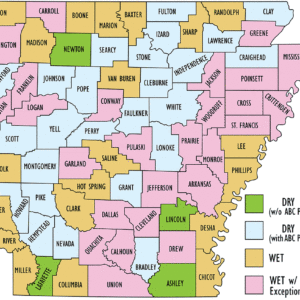 Arkansas Wet/Dry Counties
Arkansas Wet/Dry Counties
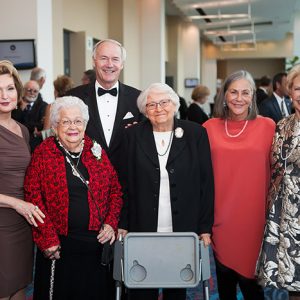 Arkansas Women’s Hall of Fame Inductees, 2015
Arkansas Women’s Hall of Fame Inductees, 2015
Arkansas Women’s Hall of Fame
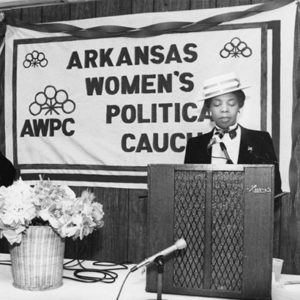 Arkansas Women's Political Caucus
Arkansas Women's Political Caucus
Arkansas’ Independent Colleges and Universities
ARKids First
 Arlberg
Arlberg
 Arlington Hotel
Arlington Hotel
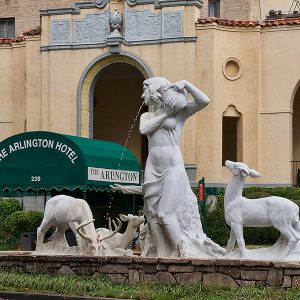 Arlington Hotel Entrance
Arlington Hotel Entrance
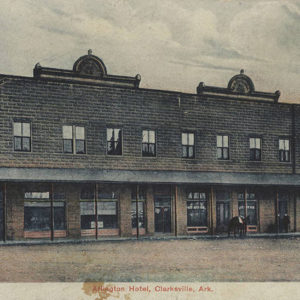 Arlington Hotel
Arlington Hotel
 Arlington Hotel Ad
Arlington Hotel Ad
Armstrong III, Ralph Waldo
 David Armstrong
David Armstrong
Armstrong, David Love
Army-Navy Hospital
aka: Hot Springs Rehabilitation Center
aka: Arkansas Career Training Institute
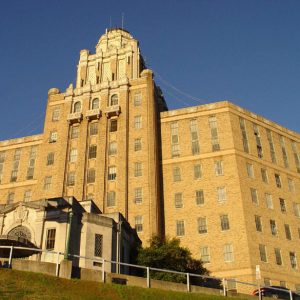 Army-Navy Hospital Building
Army-Navy Hospital Building
 "Sody" Arnold Campaign
"Sody" Arnold Campaign
 "Sody" Arnold Sticker
"Sody" Arnold Sticker




